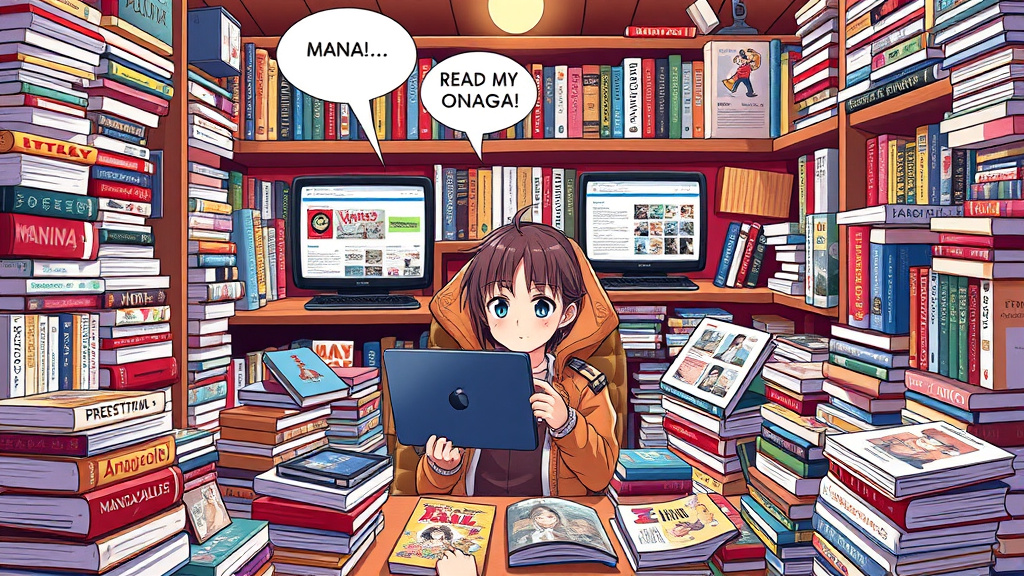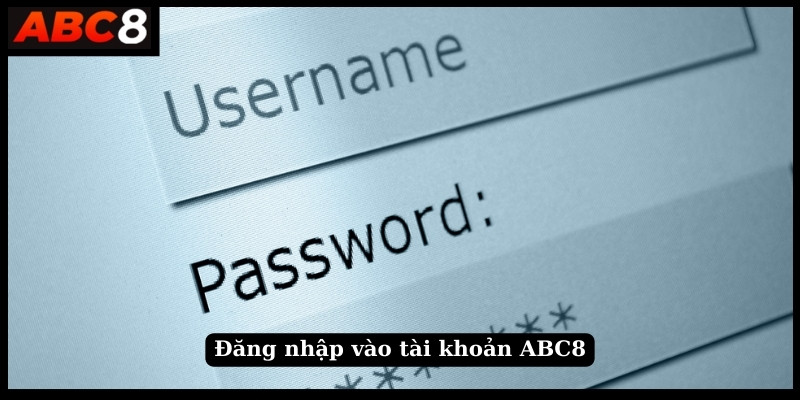In recent decades, the dynamic worlds of comic, manga, and anime have transcended their traditional boundaries, shaping a multifaceted universe of storytelling that captivates audiences across the globe. These mediums not only entertain but also serve as reflections of cultural values, societal themes, and artistic innovation. Their interconnected histories and diverse styles have fostered an immense community of fans and creators alike, making their influence a cornerstone of contemporary visual storytelling.
The convergence of comic, manga, and anime highlights a fascinating cultural dialogue—where East meets West and traditional narratives blend with futuristic visions—creating a rich tapestry of artistic expression. Whether it's the vivid panels of American comics, the intricate artwork of Japanese manga, or the fluid motion of anime adaptations, each plays a vital role in shaping the way stories are told, consumed, and celebrated worldwide.
The Expanding Universe of Visual Storytelling - Comic, Manga, and Anime
The realm of comic, manga, and anime has seen exponential growth, evolving from niche subcultures into mainstream cultural phenomena. Originally rooted in distinct cultural contexts—American comics born from pulp adventures and superhero mythology, Japanese manga emerging from centuries of artistic traditions—these mediums have now become global pillars of entertainment. The integration of digital technology and the internet has significantly amplified their reach, enabling creators to engage with audiences in real-time and foster international communities.
This expansion is not solely quantitative; it’s also qualitative, encompassing new genres, narrative styles, and artistic techniques that push traditional boundaries. The blending of genres—such as sci-fi, fantasy, horror, and romance—has allowed comic, manga, and anime to address complex themes like identity, morality, and social justice. This universality and adaptability underpin their ongoing legacy as vital, innovative, and culturally significant storytelling forms.
 Hình minh họa: comic manga anime – manga strips
Hình minh họa: comic manga anime – manga stripsFrom Page to Screen - Tracing the Evolution of Comic, Manga, and Anime Adaptation
The journey of comic, manga, and anime from print to screen marks a significant milestone in their evolution. Hollywood adaptations of Marvel or DC comics have propelled American superhero stories into blockbuster phenomena, while Japanese manga leads to anime series, films, and streaming hits that often attain global acclaim. These adaptations serve as bridges, translating static illustrations into dynamic motion pictures that amplify emotional resonance, character development, and visual spectacle.
However, the adaptation process often involves complex challenges—balancing fidelity to the source material with creative reinterpretation. Fans are sometimes divided over these changes, but successful adaptations demonstrate how visual storytelling can transcend medium constraints, reaching broader audiences and inspiring collaborations across industries. As technology advances, the line between print and screen blurs, fostering innovative storytelling techniques that utilize CGI, 3D animation, and virtual reality, making the comic manga anime universe more immersive than ever before.

Cultural Bridges Forged - Exploring the Global Influence of Manga and Anime on Comics
Japanese manga and anime have significantly shaped global comic traditions, forging cultural bridges that foster mutual appreciation and influence. The stylistic elements—the distinctive character designs, emotive expressions, and panel compositions—have seeped into Western comics, inspiring artists and writers to experiment beyond conventional styles. Conversely, Western comics’ emphasis on superheros, political commentary, and elaborate narratives have enriched manga and anime, leading to hybrid genres and cross-cultural storytelling.
This exchange underscores a broader phenomenon: media globalization. Manga and anime’s accessibility through digital platforms like Crunchyroll, Netflix, and Webtoon allows a worldwide assembly of fans and creators collaborating across borders. These shared experiences cultivate cultural understanding and challenge stereotypes, emphasizing universal themes such as heroism, friendship, and resilience. Ultimately, the global influence of comic manga anime illustrates the profound power of visual storytelling to unite diverse audiences and inspire innovative cultural dialogues.
The Art of Panel and Motion - A Comparative Analysis of Comic, Manga, and Anime Aesthetics
The art styles of comic, manga, and anime are rich in distinct visual techniques that evoke specific emotional and narrative responses. Comics often employ bold lines, dynamic panel layouts, and vibrant colors, emphasizing clarity and spectacle suitable for action-packed storytelling. Manga’s signature black-and-white aesthetics rely on intricate line work, expressive characters, and innovative paneling that guide readers’ gaze, creating a rhythmic visual flow that mimics reading music.
Anime, on the other hand, transforms static illustrations into fluid motion, utilizing techniques like exaggerated expressions, a wide range of camera angles, and detailed backgrounds to intensify emotional impact. The animation’s pacing, sound design, and voice acting further deepen audience engagement, turning stylized drawings into living experiences. Comparing these aesthetics reveals a shared goal: to evoke emotion and convey complex stories through diverse visual and technical language, highlighting the innovative craftsmanship behind each medium.
Genre Diversity Explored - Unveiling the Rich Tapestry of Comic, Manga, and Anime Storytelling
One of the most compelling aspects of comic, manga, and anime is their extraordinary genre diversity. From high-octane superhero narratives to contemplative slice-of-life stories, these mediums accommodate an array of tastes, cultural perspectives, and social themes. Superhero comics in the West explore identity and morality, while manga’s genres—from shonen and seinen to shojo and josei—delve into themes of ambition, romance, and psychological struggles, appealing to different age groups and genders.
Anime’s dynamic range spans dystopian futures like Akira, heartfelt dramas like Your Lie in April, and supernatural adventures like Demon Slayer. This expansive genre landscape allows creators to experiment with storytelling formats—such as episodic series, movies, or anthology anthologies—offering audiences a multifaceted viewing and reading experience. Such diversity fosters an inclusive environment where niche interests find representation and mainstream narratives evolve, making comic manga anime an extensive terrain for innovation and cultural reflection.
Building Worlds and Characters - Examining Narrative Techniques in Comic, Manga, and Anime
Creating immersive worlds and compelling characters is central to the success of comic, manga, and anime. Comics often build intricate universes through detailed lore and interconnected storylines, with visual cues guiding readers through complex narratives. Manga’s character-driven approach hinges on expressive artwork and interior monologues, allowing insights into protagonists’ psychology and development.
Anime elevates this storytelling through voice acting, background music, and cinematic techniques like montage and pacing. The seamless integration of dialogue, visuals, and sound creates three-dimensional characters who evolve over time, often facing moral dilemmas and personal growth. A comparative analysis shows that while each medium employs different methods—static panels versus moving images—the core technique remains consistent: crafting immersive worlds where characters embody the stories’ themes and resonate deeply with audiences.
The Creator's Vision - Showcasing the Authorship and Artistic Style in Comics, Manga, and Anime
The vision of creators is fundamental to defining the identity of comic, manga, and anime. American comic artists like Jack Kirby and Stan Lee revolutionized superhero archetypes through distinctive drawing styles and narrative philosophies emphasizing heroism and morality. Manga creators, or mangaka, such as Osamu Tezuka and Rumiko Takahashi, blend artistic innovation with cultural storytelling traditions, often reflecting Japanese societal nuances.
Anime directors, like Hayao Miyazaki and Mamoru Hosoda, infuse their works with personal philosophies, cultural motifs, and innovative storytelling techniques—ranging from hand-drawn frames to cutting-edge CGI. The diversity of artistic styles underlines an individual creator’s voice, yet also reflects broader cultural influences. This symbiosis between personal expression, cultural context, and audience expectation is what continually fuels the evolution and uniqueness within these mediums, affirming that comic manga anime are as much about personal vision as they are about collective cultural identity.
Fan Culture and Community - The Impact of Comic, Manga, and Anime Fandom on Society
Fan communities surrounding comic, manga, and anime have transformed from small groups into global phenomena, fostering creativity and social cohesion. Cosplaying, fan art, online forums, and conventions serve as outlets for fans to celebrate their favorite characters and storylines, creating a shared cultural language that crosses national borders. These communities empower grassroots creators and influence industry trends, reflecting a participatory culture that values engagement beyond passive consumption.
Moreover, fan activism often drives social change, as illustrated by campaigns for diversity, representation, and mental health awareness inspired by beloved series. The discussion around these mediums often extends into social and political realms, highlighting issues of gender, race, and identity. Ultimately, this vibrant fan culture exemplifies how comic manga anime have become essential components of societal discourse, impacting perceptions, fostering inclusion, and nurturing a global sense of community.
Digital Evolution - Transforming Comic, Manga, and Anime Through Technology
The digital revolution has profoundly impacted comic, manga, and anime, democratizing production and distribution channels. Webcomics and digital manga platforms like Webtoon and Pixiv enable creators worldwide to publish directly to audiences, bypassing traditional gatekeepers. This technological shift has encouraged experimental storytelling formats, such as interactive comics and augmented reality experiences, further expanding the narrative potential of these mediums.
Additionally, streaming services like Crunchyroll and Netflix have increased accessibility, allowing global audiences to enjoy anime in multiple languages with ease. Advances in animation software, CGI, and virtual production techniques lead to higher quality and more diverse visual styles. As technology continues to evolve, so too will the range of storytelling tools available, ensuring that comic manga anime remain at the forefront of both artistic innovation and cultural impact.
Beyond Entertainment - Exploring the Educational and Social Impact of Comics, Manga, and Anime
While primarily viewed as entertainment, comic, manga, and anime also serve educational and social purposes. Many series incorporate historical, scientific, and philosophical themes, fostering curiosity and learning among viewers. For example, works like Fullmetal Alchemist explore ethics and the consequences of power, inspiring reflective thought among audiences of all ages.
Moreover, these mediums promote social awareness and cultural diversity, acting as tools for empathy and understanding. The representation of marginalized groups and complex social issues helps challenge stereotypes and encourages dialogue. The combination of visual storytelling with meaningful content underscores the potential of comic manga anime to be catalysts for societal change—educating, inspiring activism, and cultivating a more inclusive world.
Conclusion
The expansive universe of comic, manga, and anime exemplifies the power of visual storytelling to transcend cultural, linguistic, and societal boundaries. Through artistic innovation, genre diversity, and technological advancement, these mediums continue to evolve as vibrant sources of entertainment, cultural exchange, and social influence. Their creators’ visions contribute to rich worlds that resonate deeply with audiences worldwide, fostering communities that celebrate diversity and creativity. As the digital age propels these storytelling forms into new realms, their capacity to educate, inspire, and unite remains as compelling as ever, ensuring their place at the heart of modern cultural dialogue.





